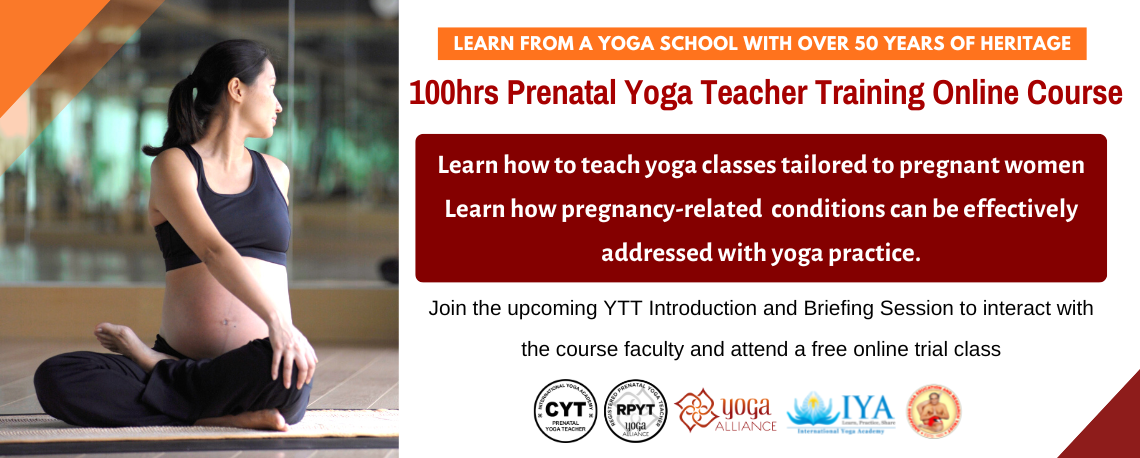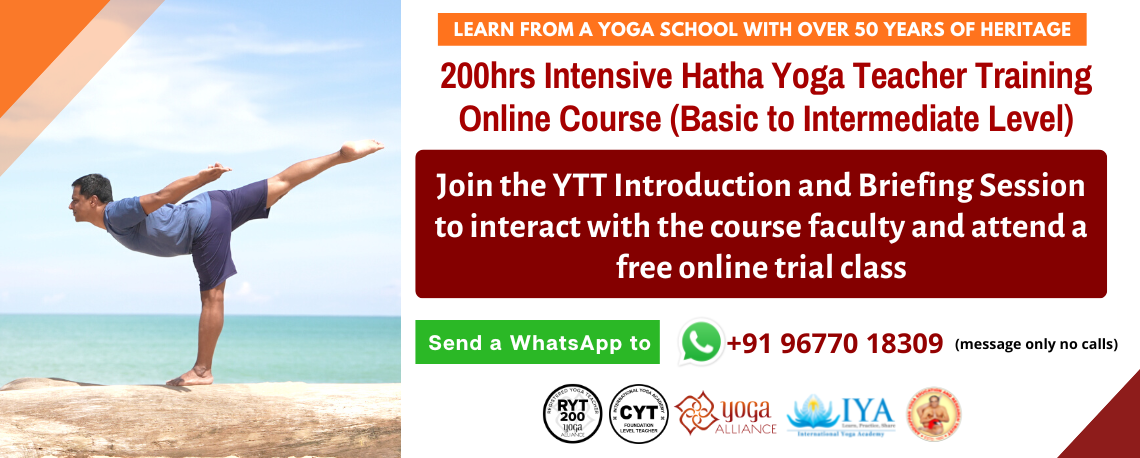In the West, we understand the notion of ego as the anchor of our public identity. While it’s not talked about in casual conversation, some psychology terms are part of our regular vocabulary to the degree that most of us have some understanding of the unconscious. No matter how we interpret the unconscious today, it lays the groundwork for a post-modern study of personality and the mind.
Ego isn’t a bad word. Ego is necessary, and having an ego allows us to differentiate ourselves from others. Ego is part of our engagement in place and time. The Yoga Sutras of Patanjali, an oft-cited yoga philosophy document, even point to ego’s role in identity formation, using the word ahamkara(a) as the sense of “I” or one of ego’s three aspects.
The ego is elusive though because humans are complex. The American poet Walt Whitman wrote in “Song of Myself,” “Do I contradict myself? Very well then, I contradict myself, (I am large, I contain multitudes.).”
The truth is, we are all multitudes and it’s only a question of how conscious we are of this. Through the study of yoga, we become aware of the self and its multiple parts. In a regular practice of yoga and an experience of injury, we learn the truth of who we are and often come to deeper insight about our injuries.
When I was teaching yoga in a studio, the owner and I were discussing the upcoming class schedule. She needed substitutes for a few classes and said, “All of my teachers are injured right now.”
I realized that nearly every yoga teacher I knew was injured too. Some had small and petty injuries, but some had major and problematic injuries causing them to miss classes. This fact required me to ask why this was happening to so many yoga teachers and others.
A healthy ego is necessary and functions to border and protect the social self. A healthy ego allows us to say ‘no’ to that which we do not want or cannot do, and a healthy ego along with the multitude of energies that make up our personalities provides energy and insight as we take aim at our ambitions. But like music, yoga, or any other field, there are varieties of people and therefore varieties of ego.
In college, my mentor once answered my question about ego by saying, “Its important to have a strong ego but not a big one.” This distinction is crucial, for a big ego wants to push for recognition, praise, and compliments. Driven by a big ego, a person will be fueled by self-importance or ambition and will drive themselves and others in an unhealthy way to achieve attention and adoration. A big ego in yoga will push us to go beyond that which our bodies are equipped to withstand and that is when an injury occurs.
When practicing asana, Eric Schiffman wrote, “I usually create a line of energy that is slightly flat, just below the perfect tension and with low current. I then deepen the breath as I increase the current to fine-tune the line.”
His statement unveils how awareness works in yoga practice. If we let our awareness take us to a point where the tension is present but not overwhelming, we pause there to prepare for the possibility of more and perhaps execute a slightly deeper bend or lift. But if we ignore that tension, and if a big ego is in charge, we may push too far and that’s when injuries occur.
Healthy awareness in yoga is obstructed by a big ego. My story with experiences of injury could illustrate but think deeply about your story, your ego, and links between your yoga and your injuries.
Not all injuries are directly related to the ego. Sometimes an injury is just an accident. Once I was running on a track – no one else was present – when my foot landed on the edge of a rock and twisted outward to the side. It was a severe sprain, a painful unforeseen accident.
Injuries are not all bad, and I’ve come to value them, for they protect me from increased damage by limiting my range of motion and stop overextension. By meditating on injury, I’ve learned to reframe it as a wise teacher.
An injury can be a quickening container for growth and transformation as it takes us out of our comfort zone. That’s why it’s wise to pause, and take time off when injured – or even before injury if we are pushing too hard – but if we ignore the lessons from injuries we may overextend ourselves a second or third time and this can lead to long-term damage.
Greater awareness through yoga taught me to sit with my injury and learn. They’ve taught me to be patient and accept moments in recovery; to face myself and see my ego’s role in injury, and to turn the injury from a painful experience into a playful experience
If we are injured, it’s possible to open up the unconscious import of the injury by using – as one example – a Gestalt chair-to-chair dialog technique. I learned this simple active imagination exercise during a doctoral course on Gestalt practices in therapy.
Find a quiet time and place alone to engage with your injury. Make it visible by using a pillow, crutch, or some other object. Put that object in a chair six feet away from where you will sit facing it. Still your mind and imagine your injury as the object you’ve placed in the chair. You could even name it or find other creative ways to make it real.
Take time, and when prepared, actually speak out loud to your injury and allow time for it to speak back to you. Be patient and wait, it will happen. Call it by name and be honest. Don’t think long about speaking, but tell it what you really want to say. Your injury doesn’t care about you or your feelings so speak your truth.
If you write down your dialogue with injury, you may find when returning to it later, that you or your injury said something surprising. Try it; what do you have to lose?
Through active imagination – you may find a new awareness – or even a deeper understanding of why you are injured which can lead to more grace and patience for yourself. In the end, yoga is about you and your practice of asana and other forms of yoga. That means it’s also about your ego, and by acknowledging this, you may come to new awareness.
Now, back to yoga, and to your healthy ego that will benefit you.
These prompts for your journal may lead to insights about your yoga and asana practice.
- How present was I when the injury occurred
- How is this injury a positive – can I reframe it
- What does this injury mean for me in the here and now
- What does my injury do for me when I wear it on my sleeve
- What is this injury telling me about my ego and the way I live my life
- Who does my injury allow me to blame, avoid, empower, bless, or curse
- What does this injury help me avoid, how is it useful for my mental health
- What am I not required to do when injured – how does it get me off the hook
- How does my injury allow me to break from my usual ego-driven requirements
- How does this injury help me emotionally – am I manipulating anyone or anything
Source: Schiffmann, E. (1996). Yoga: the spirit and practice of moving into stillness. Pocket Books.


















 Other
Other